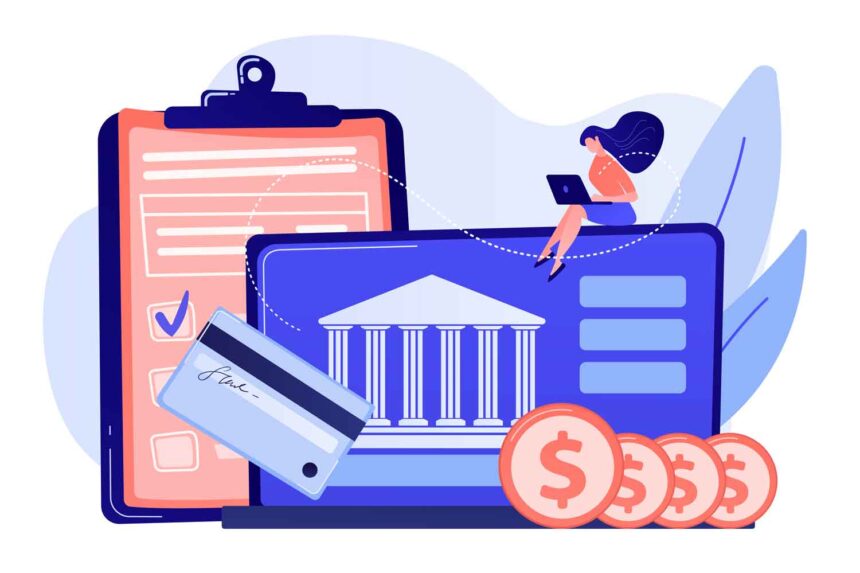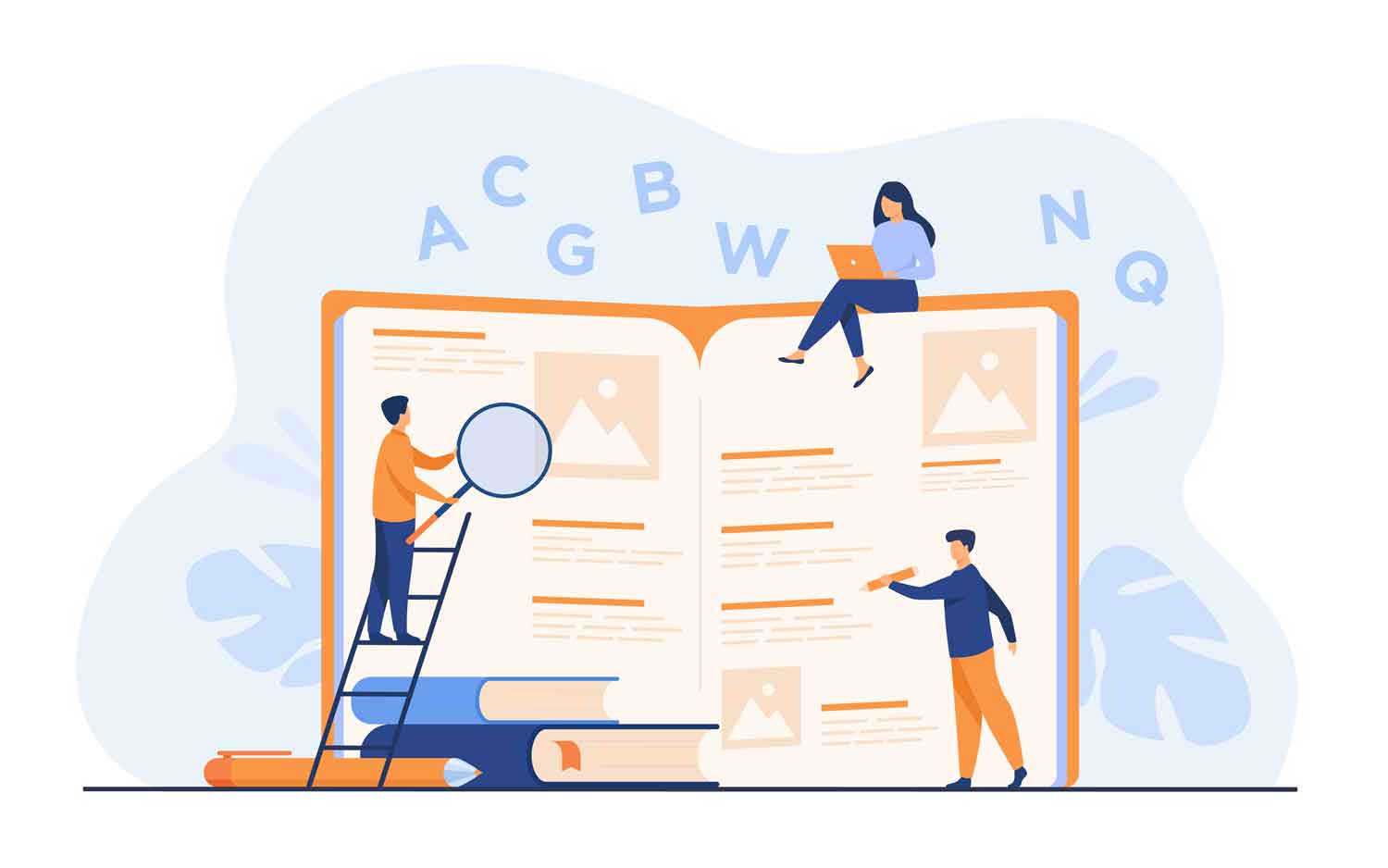Since the dawn of the IT revolution, the banking industry has constantly been looking for new ways to provide its customers with enhanced service. AI can help banks provide a more personalized and nuanced experience for their clients.
In this article, you will see how AI is used in banking today.
How Banks Use Artificial Intelligence
As banks worldwide increasingly adopt technology to boost their business efficiency, AI has taken steps toward realizing its promise as an asset management tool. Its current focus is on advancing decision-making and enhancing customer service.
Banks can perform more resiliently thanks to AI—improving service lag times, quickly processing customer queries, and even eliminating loan application volatility.
Banking and AI comprise a potent tandem. Let’s look at some other uses of AI in this sector.
Loan and Credit Decisions
The lending sector can be a challenging environment when relying on human decision-making alone. But advancements in AI make it possible for companies offering loans to deliver fairer, better, and more accessible lending solutions.
Several applications of AI, such as deep learning and neural networks, are already helping with loans and other credit decisions. These systems use various algorithms to help make personalized decisions, such as credit scoring. Investing in these technologies can be a smart move for lenders who want to remain competitive.
The process for obtaining a credit card or even a mortgage is becoming more streamlined. Banks already have access to dozens of data points that they use to speed up lending and prevent defaults.
Improved Cybersecurity
With the increased number of cyber-attacks, banks have tried many ways to balance the odds in their favor. With the help of machine learning, banks can improve their online security by detecting fraudulent activity.
AI-based software can distinguish between legitimate interactions with banks and automated intrusion attempts. This way, banks that use AI tools can easily detect fraud, reduce data leakage risks, and improve customer service while saving time and money.
AI not only can handle banking fraud but can also prevent hackers from stealing data from electronic payment transactions.
Chatbots for Customer Support
The most interesting AI applications are popping up where automation can help humans, particularly those that work in customer support. An AI chatbot is built specifically to answer questions that customers ask. It can handle everything from simple questions to more complicated queries that require an agent’s input.
AI chatbots can suggest deals to reach customers which can save costs and increase profits. It can also provide automated services, such as ordering bank statements and transferring money. Customers can chat with bots to find out more about products and services and even apply for a loan.
This way, banks can generate more leads and reduce customer support costs and staff workload.
Market Trends Forecasts
Banks and other businesses that rely on market trends to project their budgets and acquisitions can now use AI to predict demand tendencies and make more sound investment plans.
The financial services industry is experiencing rapid change, and many players have been struggling to keep up with new technologies. With advances in AI and ML, banks now have the opportunity to mine their data better and use it to make better decisions in the rapidly-changing industry.
ML technology also provides instruments that traders can use to find gaps in the market and monitor and anticipate price movements. These algorithms would potentially save banks billions of dollars. Using AI helps banks to allocate future spending and properly prepare for revenue shifts.
Data Collection and Analysis
AI-based data collection and analysis tools are essential solutions to help banks gain a competitive edge over financial organizations. These systems are programmed to extract knowledge from various sources, from social media to web searches. Usage of this technology can boost banking through better relationship management and, of course, increased revenue.
Most banks are turning to AI-based solutions to improve their data collection and analysis processes with one purpose: to serve customers better. Banking institutions also want to reduce operational costs, improve efficiency, and enhance lending opportunities. AI analytic platforms help analyze the data collected, identify trends, and make better-informed decisions.
Risk Management
Empowering banks to participate in the digital economy necessitates adopting technology that will help them with risk management. As the use of digital currencies and mobile devices increases, so do the risks the traditional banking model isn’t equipped to manage.
As banks take on more risk, they are looking for new ways to manage it—especially as the industry has been rapidly moving toward greater automation. To address this need, auditors and risk managers have been turning to AI-based solutions that can provide qualitative and quantitative analysis of trends and changes in real-time and optimize processes.
AI-enabled technologies can help banks significantly improve productivity through accuracy and consistency in risk assessment and reporting. They can also help raise the awareness of risks inherent in the banking business with the potential to reduce risk in the long term.
Robotic Process Automation
Despite the advances in digital efficiency, banks still find it difficult to streamline operations and make their businesses more scalable. Robotic Process automation automates repetitive, analytical processes that support decision-making in areas like banking and credit. It can also improve a bank’s efficiency, boosting productivity, and customer satisfaction.
Banking process automation provides the ability to bring system changes online more cheaply and quickly. When the exact steps of a process are codified into rules and represented by software, computers can automate parts of the process without having to figure the solution out again.
Process automation will allow banks to save on labor costs, freeing up workers to focus more on value-add and decision-making and scale their system.
Final Word
Today, we can observe AI banking assistants, software that tracks account data, chatbots to answer customer needs, and robo-advisors to recommend a financial plan. It’s just a matter of time before technologies penetrate even further, providing a fully automated and light-speed experience in banking.









